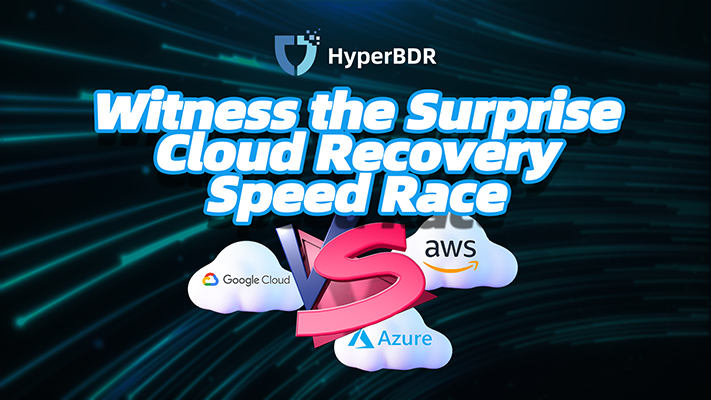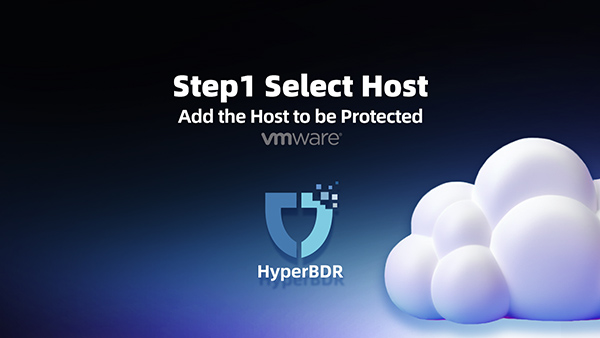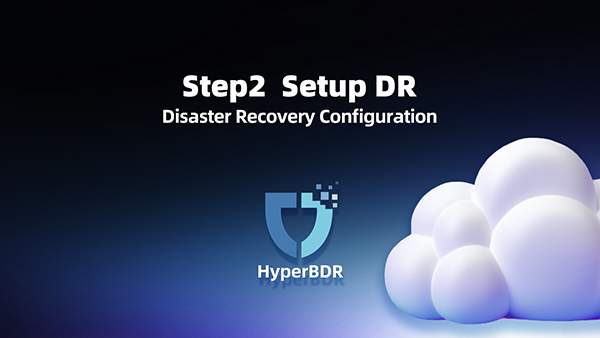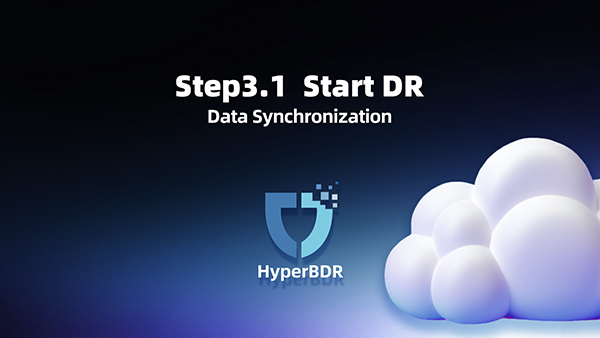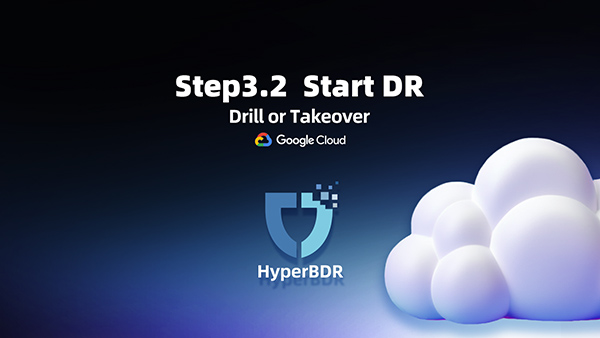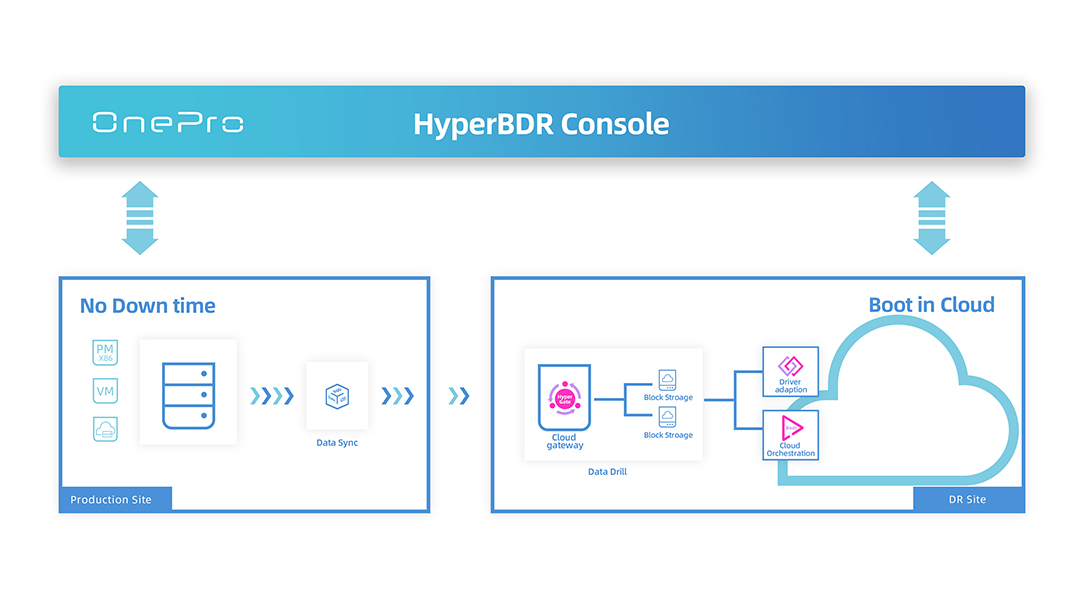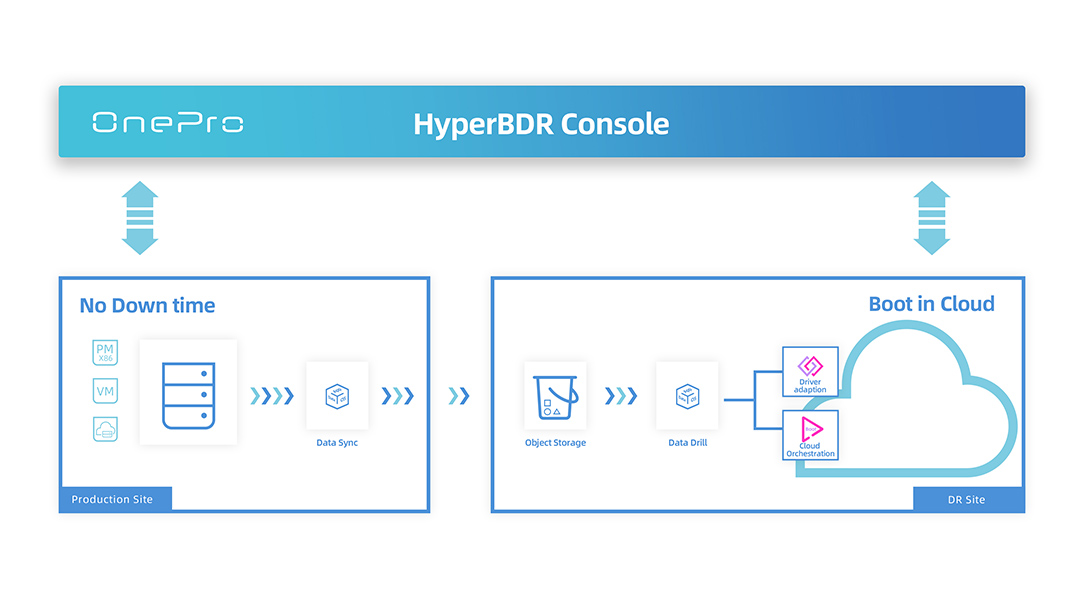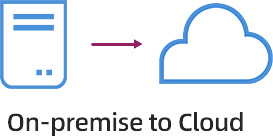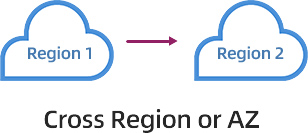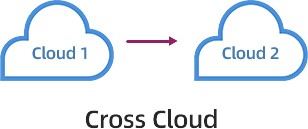Q1 What environments does HyperBDR support?
HyperBDR supports various environments, including physical machines, virtualization platforms (such as VMware and KVM), hyper-converged systems, as well as public and private clouds. It enables disaster recovery and cross-platform migration between these different environments, making it suitable for enterprises with hybrid cloud and multi-cloud architectures.
Q2 What is HyperBDR's Boot-in-Cloud technology?
“Boot-in-Cloud” is a key technology of HyperBDR that allows users to start hosts in the cloud with a single click. This feature combines cloud API orchestration and driver adaptation technology, ensuring that systems can be quickly restored and launched after a disaster, without needing to prepare the target environment in advance.
Q3 How does HyperBDR handle driver issues in cross-platform recovery?
HyperBDR's “Driver Adaptation” feature automatically adapts drivers for different platforms. When migrating from one platform to another (e.g., from VMware to KVM), it automatically injects the relevant drivers to ensure the host can start and run normally. It also supports boot conversion from UEFI to BIOS to ensure compatibility.
Q4 What storage mode does HyperBDR support?
HyperBDR supports two main storage mode: block storage and object storage. In block storage mode, data is written directly to the cloud platform's block storage location, while in object storage mode, data is split into multiple small blocks stored in object storage, making it suitable for scenarios that require more flexible storage.
Q5 What is the “agentless” feature, and how does it help?
The agentless mode allows for backup and disaster recovery operations without the need to install any software (i.e., an agent) on the source host. HyperBDR communicates directly with the host's operating system or virtualization platform to retrieve data and perform incremental backups. Since there’s no need to install agent software on the source host, it avoids consuming CPU, memory, and disk resources, maximizing the performance and stability of the production environment. This greatly simplifies deployment and maintenance for IT teams, especially in large-scale data centers and cloud environments. Without requiring source-side agent installation, HyperBDR can seamlessly integrate with various operating systems, virtualization platforms, and cloud environments, making it suitable for complex and diverse IT infrastructures.
Q6 How does HyperBDR simplify disaster recovery operations?
HyperBDR provides a wizard-based interface that allows disaster recovery configuration and initiation in just three steps: select the host, configure disaster recovery, and start recovery. Users can complete the operation without frequently logging into the production environment or target cloud platform.
